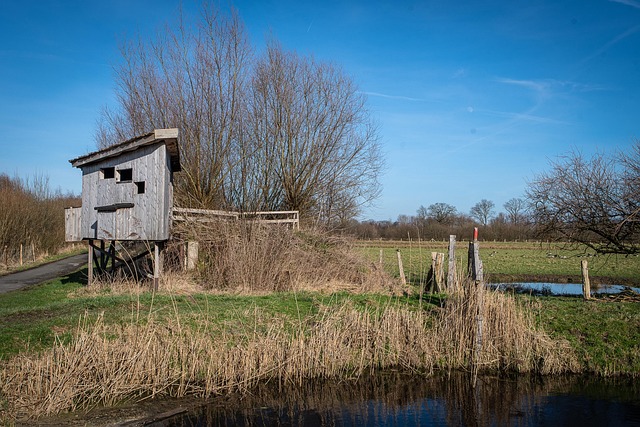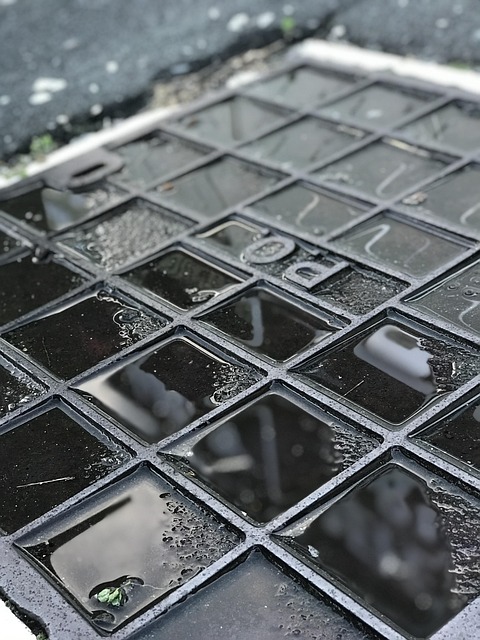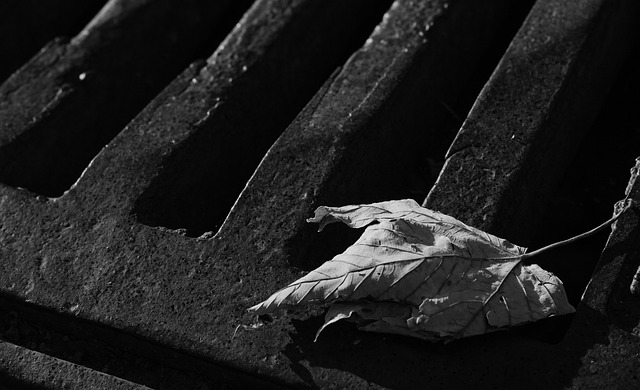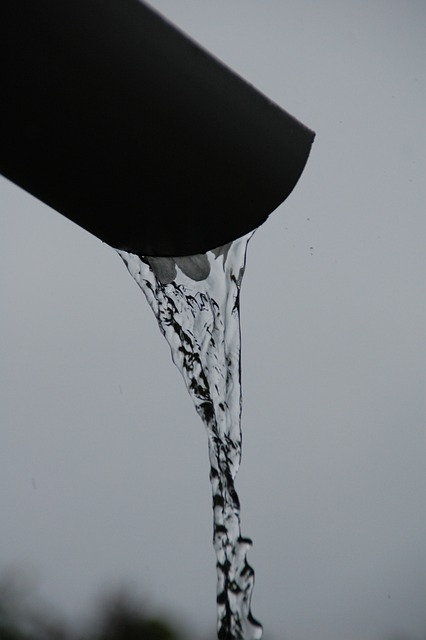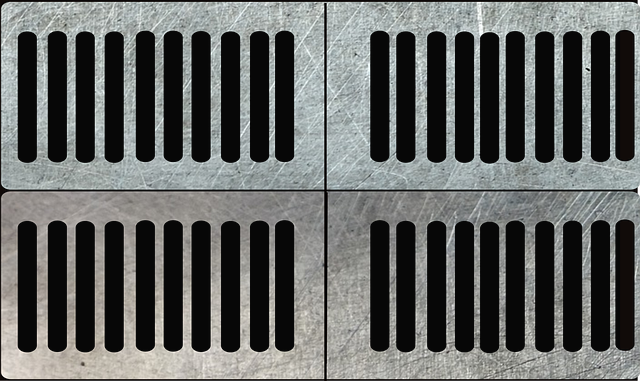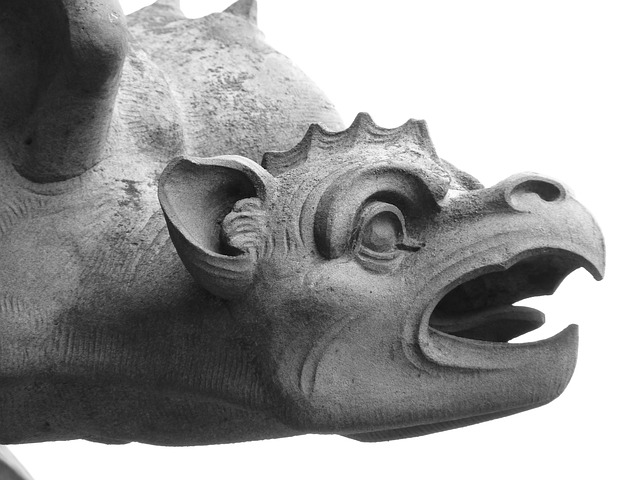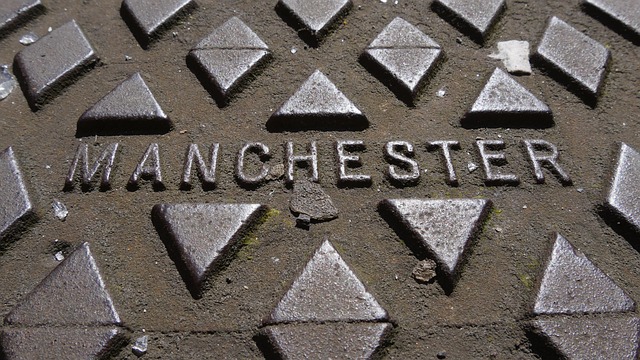In Portland, Oregon, where effective water management is crucial, professional French drain systems offer a reliable solution for residential and commercial properties. These subsurface drainage systems redirect water flow, preventing moisture damage. Installation involves meticulous site evaluation, trench excavation with sloped gravel channels and permeable membranes, and strategic surface drain placement. Regular maintenance prolongs the life of Portland OR French drain installations, maintains property value, and ensures efficient water flow.
“In Portland, Oregon, where effective water management is crucial, professional surface and subsurface drainage systems are essential for property owners. This article delves into the world of French drain installation, a proven solution for managing excess water in the region’s unique landscape. We’ll guide you through the process, from understanding the benefits of French drains to ensuring proper maintenance. By exploring these key aspects, homeowners can achieve optimal drainage and protect their investments.”
- Understanding French Drain Systems for Effective Water Management in Portland OR
- The Installation Process: Step-by-Step Guide for Professional Results
- Benefits and Maintenance Tips for Longevity of Your Drainage System
Understanding French Drain Systems for Effective Water Management in Portland OR
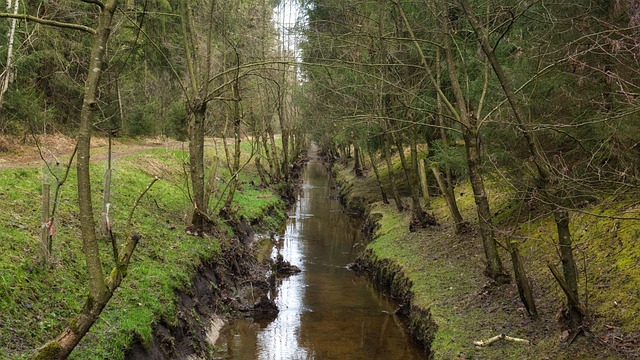
In Portland, Oregon, where managing water effectively is crucial for both residential and commercial properties, French drain systems stand out as a reliable solution. These subsurface drainage systems are designed to redirect water flow away from structures, preventing potential damage caused by moisture intrusion. By installing French drains, property owners can ensure their buildings remain dry and protected against the elements.
French drains work by utilizing a network of perforated pipes buried beneath the ground, connected to surface drains. This setup allows rainwater and excess groundwater to be efficiently diverted and carried away from the property. The perforated pipes create a path for water to seep through, reducing soil saturation and preventing erosion. For Portland OR French drain installation, professionals should consider factors like slope, soil type, and nearby structures to design a system that promotes optimal water flow and management.
The Installation Process: Step-by-Step Guide for Professional Results
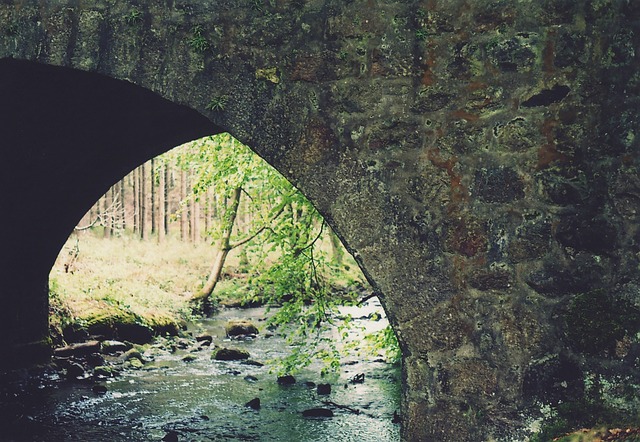
The installation process for a professional surface and subsurface drainage system in Portland, OR, involves several meticulous steps to ensure optimal performance and longevity. It begins with a thorough site evaluation to assess the scope of work and determine the best drain configuration. This includes identifying problem areas, understanding soil composition, and mapping out the most efficient drainage pathway.
Next, excavation takes place, where skilled technicians carefully dig and prepare the specified trenches or pits. For subsurface French drains, this involves creating a sloped channel filled with gravel and a permeable membrane to facilitate water flow. Surface drains are installed by positioning them at regular intervals along the planned route, ensuring proper gradient for efficient water collection. All materials are securely fastened, sealed, and tested to guarantee against leaks and ensure effective drainage before final backfilling and grading.
Benefits and Maintenance Tips for Longevity of Your Drainage System
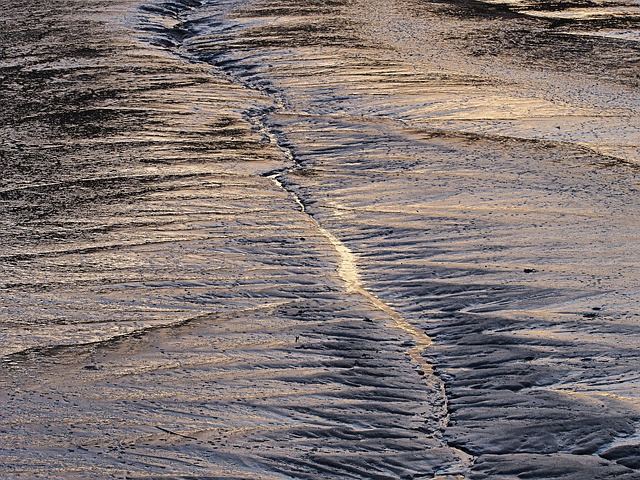
A well-installed drainage system, such as a French drain in Portland, OR, offers numerous benefits that go beyond preventing water damage. These systems help maintain the structural integrity of your property by directing ground water away from foundations, reducing the risk of cracks and other structural issues. They also promote better air circulation beneath your home, which can mitigate moisture-related mold and mildew problems. Additionally, efficient drainage contributes to a more aesthetically pleasing landscape by keeping yards and driveways dry and free from puddles.
To ensure your Portland OR French drain installation lasts for years to come, regular maintenance is key. This includes clearing debris from drain openings and ensuring the system remains unobstructed. During heavy rain events, inspect the drains for clogs or damage. Annual cleaning by a professional can also prevent buildup of sediment and other materials that may reduce water flow efficiency. Remember, proactive care will not only extend the life of your drainage system but also maintain the value of your property.
